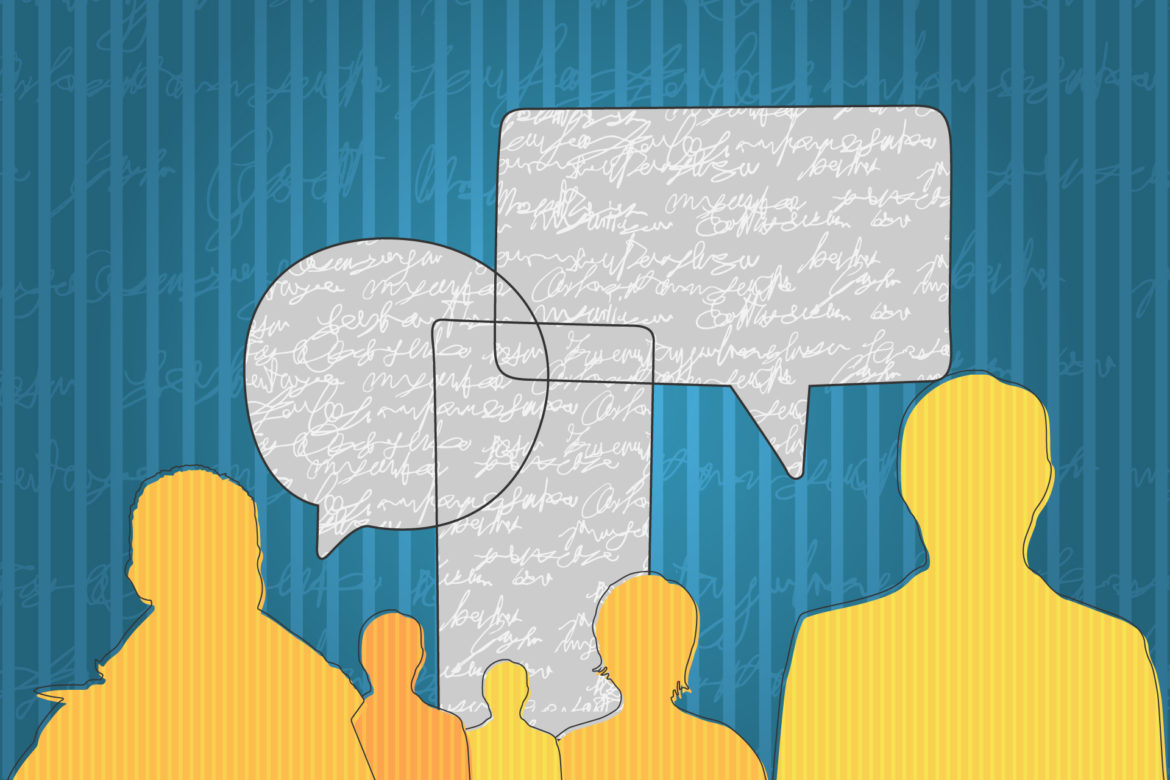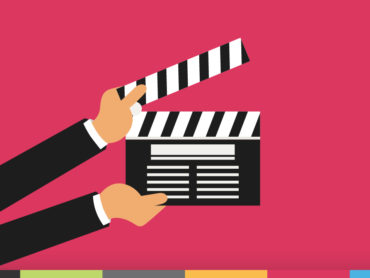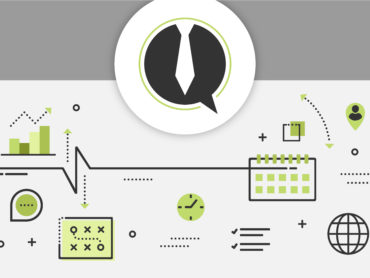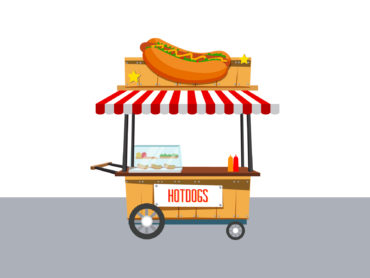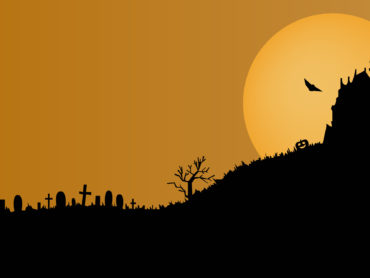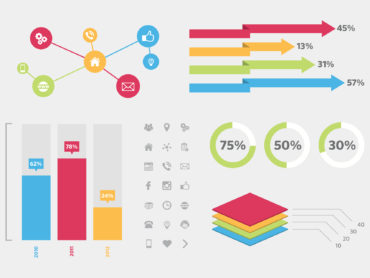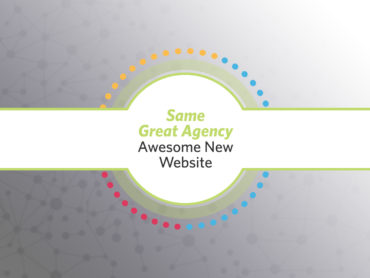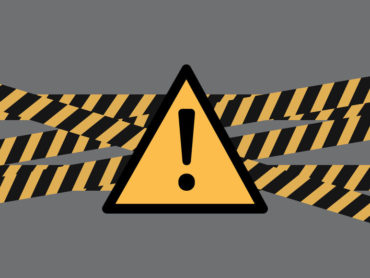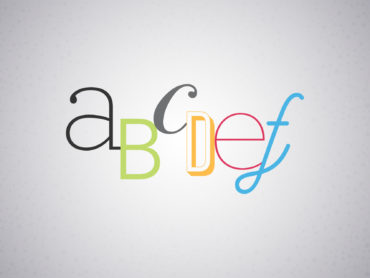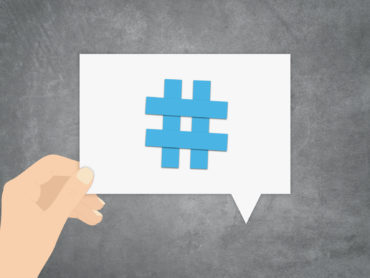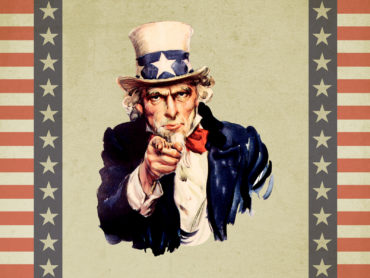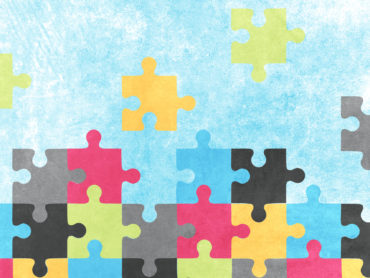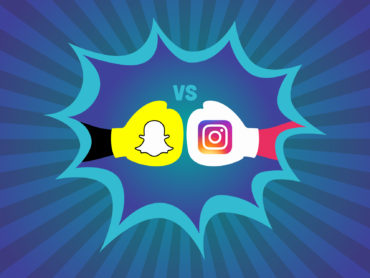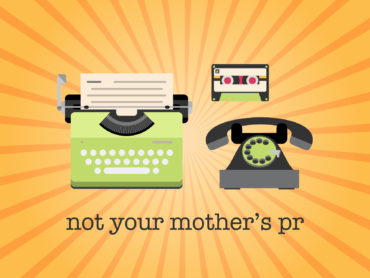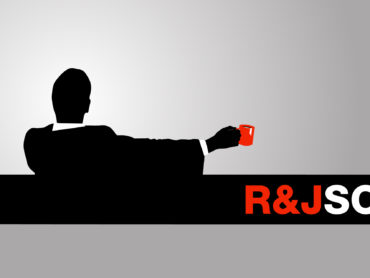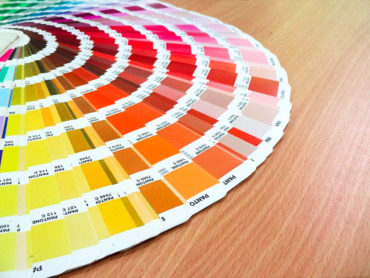Social Media and Agency Integration
On more than one occasion over the last year, in new business pitches and client meetings, I’ve observed one of the biggest challenges in merging two agencies. When two firms with differing core competencies and unique client rosters pool their resources, there can be quite a bit of confusion about the new agency’s identity. Clients are sometimes surprised to learn about services we provide. Staff occasionally grapple with communicating offering outside of their own expertise. And the agency’s marketing materials needed to be freshened, to communicate the nature of our newly fused brands.
In drafting our brand communications, how to define digital marketing—and particularly social media—is a particularly challenge, because no two agencies seem to have the same approach, or even agree on exactly where social marketing belongs.
Benjamin Spiegel, CEO of MMI Agency, writing for AdAge, points out that many players in the media landscape are staking their claim to social marketing. As he explains, Media agencies might argue that social content creation aligns well with their planning and calendaring services. Search agencies may see a natural fit in drafting content optimized for discoverability in Google. Creative agencies could make the case that, to be compelling and sharable, social content depends on creative execution. And finally, PR agencies can make the case that social marketing is an extension of traditional public relations.
With the addition in 2015 of the Fifth Room Creative team, R&J has become much more than a traditional PR agency, but when laying out our digital services offerings, this framework for ownership of social reveals something important—social marketing is public relations.
Now some of our clients might utilize R&J for traditional publicity and media relations services, and might see a disconnect between that work and social media offerings. But media relations is only a small part of communications campaign.
As R&J President, John Lonsdorf has written, R&J has adopted the PESO model of communication. PESO classifies all communication into four channels: Paid Media, Earned Media, Shared Media and Owned Media. A good communications plan will compete for audience attention in all four of these channels, though not necessarily in equal parts. When a brand’s messaging campaign is strategic and optimized to best leverage paid, earned, shared and owned opportunities, market authority is developed.
To look at this another way, we at R&J are storytellers. Whether we are seasoned media relations pros, design ninjas, coding wizards or digital natives who are savvy in online marketing, fundamentally we all do the same thing: We tell stories.
Our clients come to us because they have a communications problem of some kind. Through our discovery process we learn everything we can about their businesses, their unique challenges and opportunities, their strategies for success. We work in partnership with our clients to craft their stories and how best to tell them.
But whether it’s expressing a brand’s identity through a new logo, sharing a story with the media in traditional or digital outlets, writing and designing collateral materials, securing paid advertising placements, or communicating to a client’s audience via their website and social media channels, everything we create is a component of the story we are trying to tell.
As the AdAge piece observes, “ask any PR professional and they will tell you that public relations practitioners have been doing influencer marketing, community outreach, and storytelling for decades— they do not understand why this issue of social ownership is even a question. While they sometimes fall short in the areas of creative and media buying, they are experts in brand communication.”
This framework perfectly encapsulates the new R&J brand. We are experts in brand communication. We are storytellers. And, thanks to our new integrated structure, we have a greater selection of tools with which to tell those stories.

